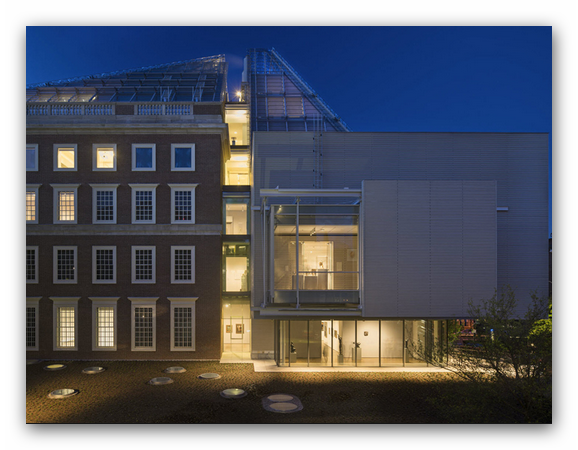Jan 26 2019 - May 12 2019
Cambridge, MA
The Americas were a vital stage of transatlantic encounters in modern architecture. Mobility of ideas, peoples, and works established intellectual and material networks that constructed modern architecture as an international event. This exhibition explores the vibrant cosmopolitan architecture culture in Latin America during the interwar period, using original materials from archival collections at Harvard. Presented here are works by Argentinian architects Jorge Ferrari Hardoy and Juan Kurchan, who collaborated with Le Corbusier, and by German architect Franz Möller, who worked with Walter Gropius, both of whom were key propagandists of modern architecture.
In 1931, Möller opened the office Gropius-Moller Arquitectos in Buenos Aires. Among the firm’s projects was the Ciudad Balnearia de Chapadmalal, a private commission for a large-scale seaside resort, represented here by the clubhouse. This high-end leisure development contrasts with Gropius Standard—a one-story, low-cost house intended for young professional couples that could transform over time to meet the needs of a growing family. This system continued Gropius’s interests in prefabrication, which can be traced back to his Bauhaus years, but was adjusted to suit local building and climatic conditions.
In the early 1940s, Ferrari Hardoy and Kurchan conceived of an apartment building on Virrey del Pino Street to showcase the possibilities of “city in the park” modern planning; they envisioned the project as a fragment of a future greater whole. The 10-story apartment block is set back on an urban lot, and an ample garden separates the building from the street. Three august carefully preserved eucalyptus trees were woven into the facade, fusing practical climatic considerations and formal aesthetic concerns.
Both architects were engaged in the Plan Director, a master plan for the Argentinian capital that had been developed with Le Corbusier in Paris. Le Corbusier’s daring proposal for skyscrapers on the Rio de la Plata, which had sprung from his 1929 visit to Argentina, would have extended the city of the Pampas into the river. This key functional and symbolic node sets the development of the Plan Director into a multinode city linked by circulation arteries. After the war, working for the city government, Ferrari Hardoy and Kurchan refined the plan and vigorously endeavored to publicize and implement it.
Credit: Exhibition overview from museum website.
Exhibition Venues & Dates
Jan 26 2019 - May 12 2019
Cambridge, MA
